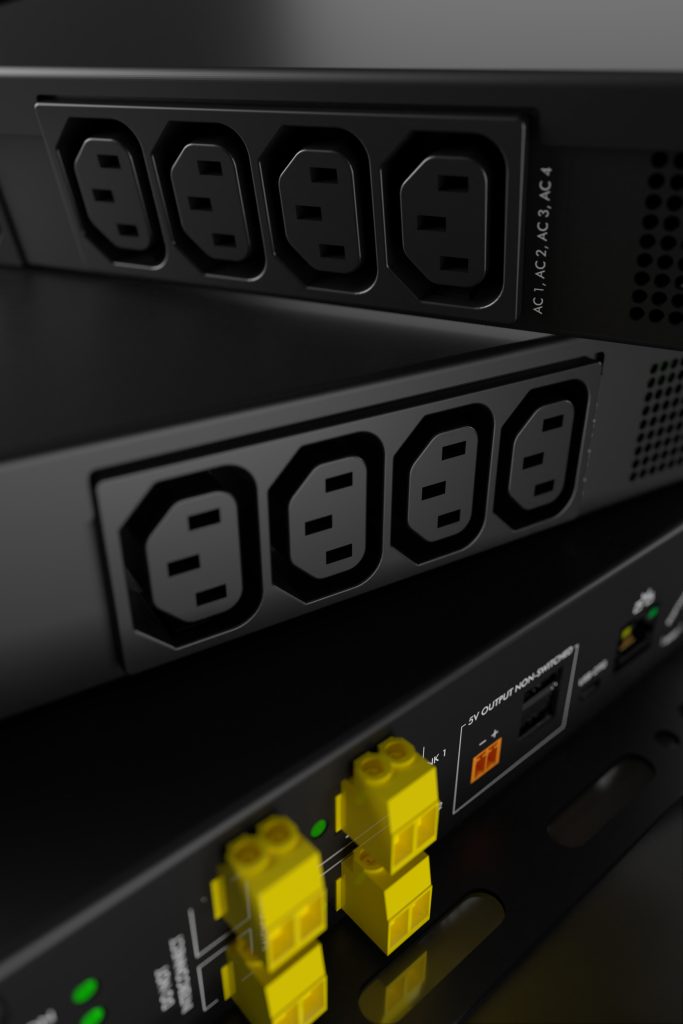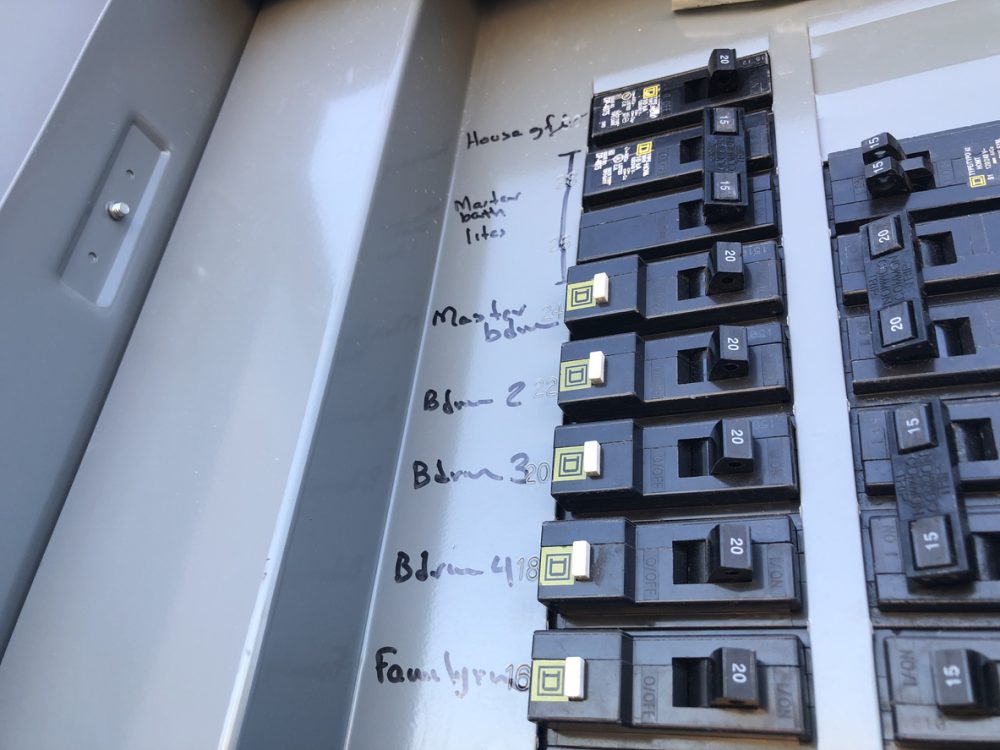Consumer technology is in its prime. From the smart home to the modern workspace, millions of people rely on increasingly intricate setups to stay connected, productive and comfortable. As connected technologies continue to populate new spaces and as ecosystems become more complex, it’s essential to equip consumers with both the knowledge and solutions to support their investments. This support begins with an often-overlooked piece of the modern technology puzzle: power quality.
Decades-Old Infrastructure and The Modern Power Conundrum
Commercial and residential power networks are under equal pressure to support high-tech systems, and many changes to lifestyles and society over the past few years have introduced new strains to local electrical grids and power infrastructures alike. Consumers’ homes are one area where infrastructure may cause power quality challenges. Home improvement projects, including smart home upgrades, skyrocketed during the pandemic as more consumers sought the benefits of comfort, convenience, energy savings and privacy to enhance their increased time spent at home. Home theaters, gyms and home offices have become pillars of the connected home as we know it, and despite economic uncertainty, more homeowners are planning to capture the benefits of upgraded spaces in 2023.

But these upgrades require more complex power distribution and safeguarding measures than ever. Power infrastructures for decades-old buildings are not always suited to support today’s complex technological ecosystems. More electronics in the home mean extra power draw is necessary, and that power needs to be clean and stable to ensure proper operation and protection of technology investments.
Beyond the connected home, the rising demand for electrical supply presents a new strain on the grid that can impact technology performance. One example is the rise in electric vehicle (EV) ownership, which is projected to increase to 116 million vehicles by 2030 in the U.S. While the introduction of charging stations is essential to the EV transition, the implementation sharply increases power reliance and can introduce flaws in power quality due to the nonlinear loads required for car charging. Voltage irregularities like surges, sags, spikes, harmonic distortion and more can detrimentally impact the power supply of the surrounding community – from connected homes to corporate offices and beyond.
One thing remains clear for 2023: Despite fluctuating electrical environments and demand, connected devices all require clean, conditioned power to perform their best. If the power supply is not prepared to support these new investments, devices may face the wrath of surges, spikes, sags, electrical noise, harmonic distortion and even full-blown power failures. These interruptions not only squash the convenience and productivity users expect from their tech but can also cause degradation and failure of the devices over time.
More electronics in the home mean extra power draw is necessary, and that power needs to be clean and stable to ensure proper operation and protection of technology investments.
Unfortunately, power problems often go unnoticed until interruptions are underway. When a person begins working from home full time, for example, they might notice their equipment isn’t working as intended over the course of a week — even though the initial setup worked just fine. The new year’s continued uptick in consumer technology adoption presents a tremendous opportunity for retailers to explore the scope of power protection to increase their business offerings and protect consumers’ investments before interruptions occur.
Preparing Power Environments for 2023
Power quality can make or (literally) break the technology people depend on. It’s essential that retailers are ready to educate consumers on the value of power management solutions to keep clean, conditioned power flowing through computers and devices. This begins with understanding that all setups are different, and while several consumers might purchase the same device, no space will have the same power conditions to support that device.

There’s no such thing as a one-size-fits-all power quality solution, so retailers should work with their customers to evaluate their unique power environment and anticipate challenges that may arise. Retailers can benefit from partnering with an expert here. Power experts have advanced analytical tools and deep knowledge to guide the right decision, based on the customers’ plans for their new technologies and prior experiences with power problems in their space. Some common features that might come up in conversation include:
- Surge protection: This is perhaps the most well-known power quality solution. It safeguards technology from harmful electrical transients like high-voltage spikes, either by neutralizing the anomaly or by diverting the energy away from the device. One thing to know is that traditional surge protection strips use the diversion method with MOV technology, which is sacrificial and will eventually degrade and become ineffective.
- Power conditioning: This feature is integrated into many modern power quality solutions to clean any distortions from the power supply and feeds stable electricity to devices. This not only ensures ongoing, reliable performance but also prevents degradation that can shorten the product lifecycle.
- Uninterruptible power supplies (UPSs): These keep systems online and running without interruption in the event of an outage, which can be especially useful in mission-critical spaces like collaboration spaces and offices.
Power quality is the foundation of operational success, and as ecosystems grow more complex, now is the time for retailers to delve into the power management category, identify tools to educate and inform their customers, and bolster the confidence to recommend the best possible solutions to support their customers’ unique power quality challenges. Understanding and offering the right solutions for power quality will ultimately enable consumer electronics retailers to support their customers’ journeys more thoroughly and better ensure a positive experience throughout the lifecycle of their new devices.
By Chad Russell, director of residential sales at SurgeX















